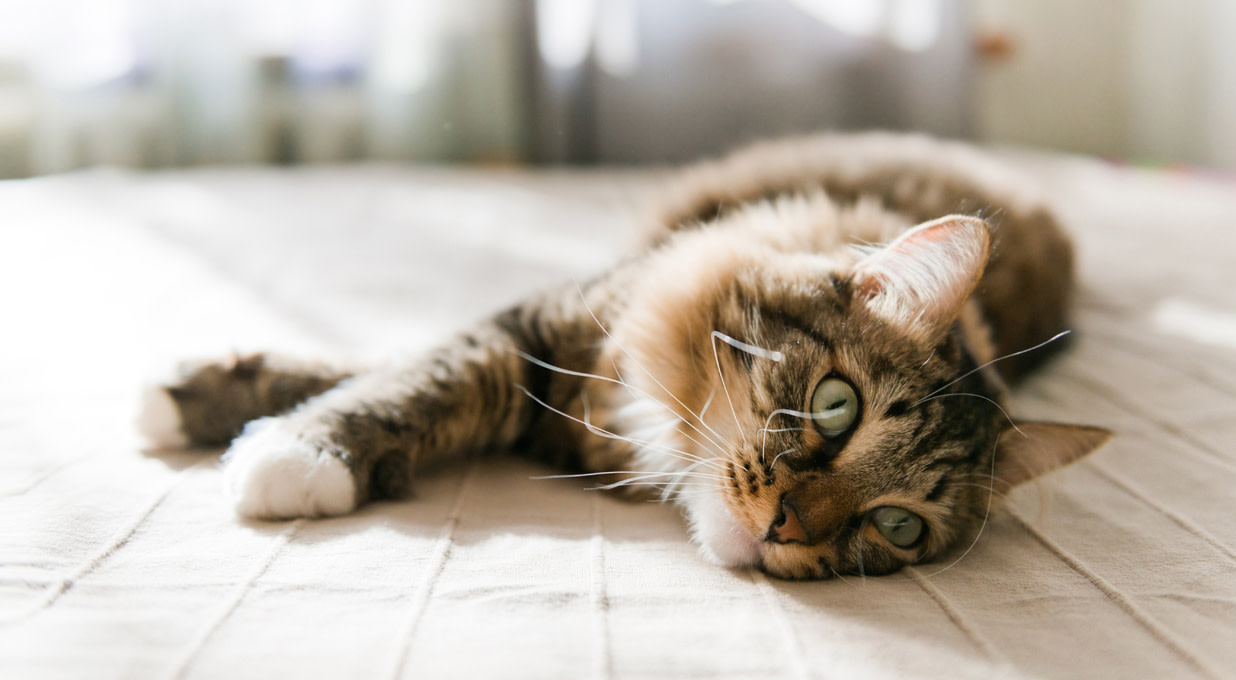Pets at Home is trading in line with previous downgraded guidance , and expects to report underlying profit before tax (PBT) of £132mn for the year ending 28 March 2024.
After having returned over £100mn to shareholders through dividends and share buybacks this year, the Group expects to end the year in a net cash position. At the previous year-end, net cash excluding lease liabilities was £54.7mn.
Management is comfortable with consensus analyst forecasts for the next financial year, which at the midpoint are projecting underlying PBT of $144mn.
The shares were trading flat following the announcement.
Our view
Pets at Home’s not been totally immune to a challenging consumer environment. And as a result, full-year numbers won’t quite live up to management’s initial expectations. However, we think the business remains more resilient than the average retailer. And whilst there can be no promises, the Group is confident of respectable profit growth in the next financial year.
A certain level of demand is guaranteed, no matter what the economic climate. Our dogs and cats still need food, and this is one of the last areas people will skimp on when times get tough. Pets at Home's market-leading position hasn't come by accident and is testament to the strong work that's been done on product availability and pricing proposition.
The group has an enviable hoard of customer data too, with close to 8mn 'VIP' members, and increasing Puppy and Kitten Club membership. These will help Pets hone their proposition, driving higher sales. But crucially, they're also boosting the number of customers who buy both a product and a service from the group - a leap which massively increases the average annual spend of these customers and should make them stickier. Pets at Home has only just started to crack this nut, so there's significant potential here.
UK pet ownership continues to look robust. Our new ways of life have culminated in the trend having more room to run than initially thought. That will have a positive effect on demand for a while to come.
The group is perhaps better placed than other physical retailers, because pet goods, especially for first time animal-owners, are the kind of thing you're more likely to seek out face-to-face advice for. In theory that should help keep the in-store tills ringing.
The wider vet business is also an attractive revenue diversifier, but is relatively mature. Finding further growth is likely going to mean Pets at Home needs to open its own wallet once again.
In the shorter term there are some challenges. Inflation and the cost-of-living crisis means customers are reining in spending on accessories, which are more lucrative. Supercharged profits won't happen while customers are tightening their belts. The group's own costs are rising too. We think keeping prices low is the right move to help keep hold of market share, but there isn't a clear roadmap for how more meaningful growth will be stoked from here.
Pets has invested heavily in its online offering and continues to ramp up its digital capacity. The new infrastructure will need to be matched by a long-term sustained increase in demand to drive profits too, but progress is promising.
Disruption from the move to its new distribution centre, along with the competition watchdog's probe of the veterinary sector has weighed on sentiment. This is factored into the company's valuation. This could offer an opportunity over the long-term but there are no guarantees.
Pets at Home key facts
All ratios are sourced from Refinitiv, based on previous day’s closing values. Please remember yields are variable and not a reliable indicator of future income. Keep in mind key figures shouldn’t be looked at on their own – it’s important to understand the big picture.
This article is not advice or a recommendation to buy, sell or hold any investment.No view is given on the present or future value or price of any investment, and investors should form their own view on any proposed investment.This article has not been prepared in accordance with legal requirements designed to promote the independence of investment research and is considered a marketing communication.Non - independent research is not subject to FCA rules prohibiting dealing ahead of research, however HL has put controls in place(including dealing restrictions, physical and information barriers) to manage potential conflicts of interest presented by such dealing.Please see our full non - independent research disclosure for more information.


